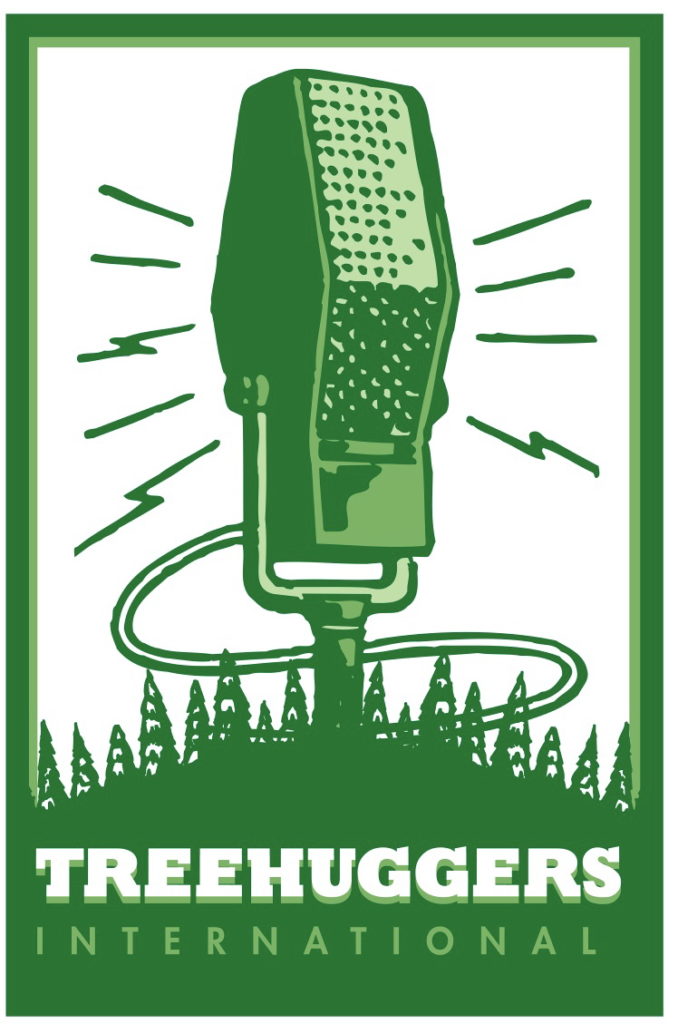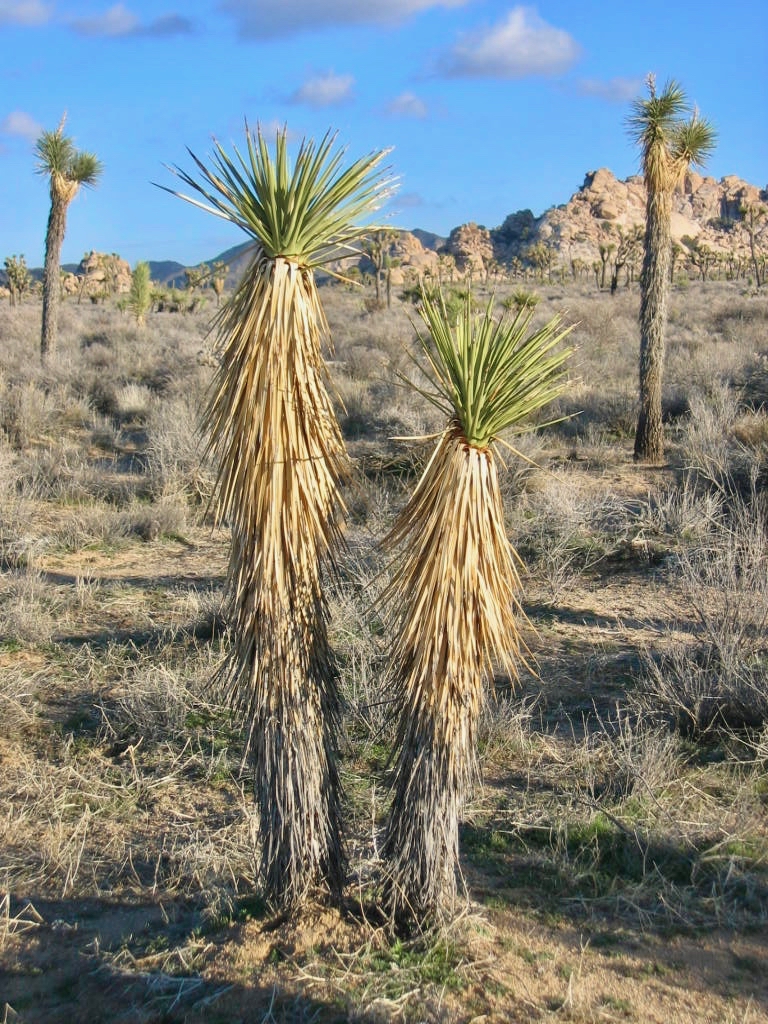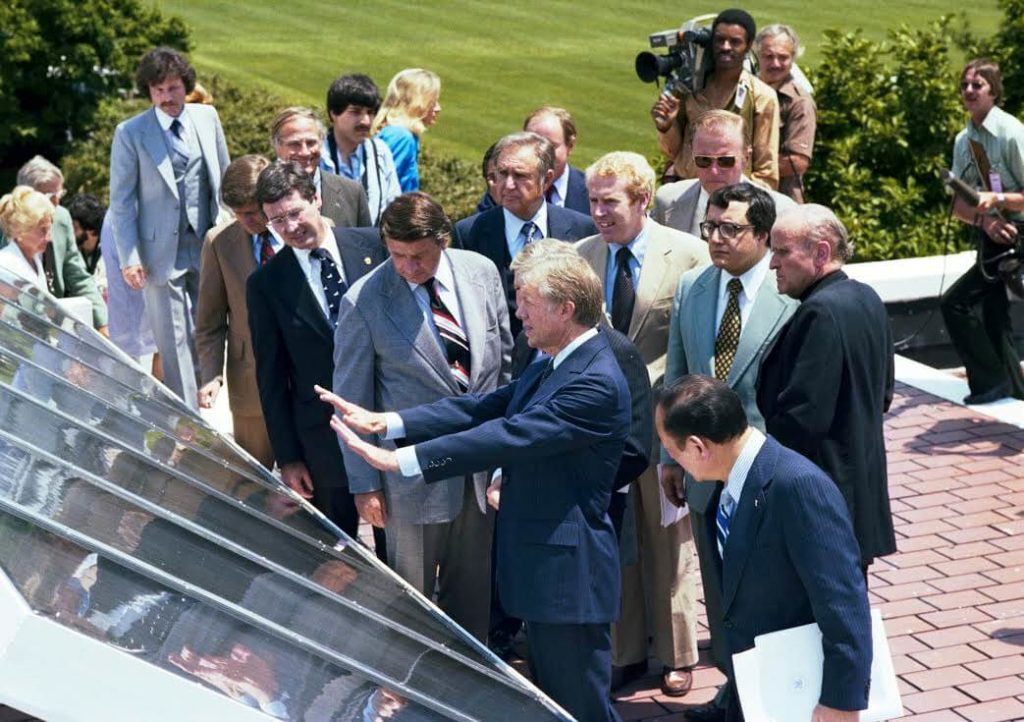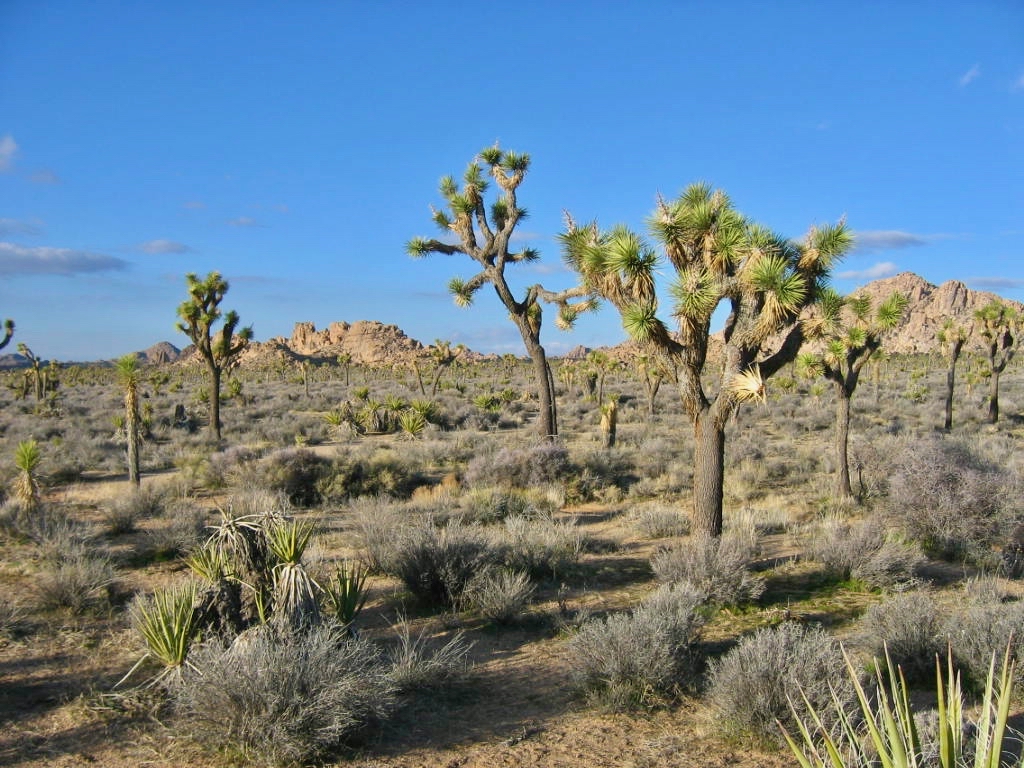
This presentation of Treehuggers International originally aired on Oct. 10, 2010, on KBZT FM 94/9. Special thanks to the National Parks Conservation Association for their assistance in making this show possible.
On this edition of Treehuggers International, we’d like to introduce you to David Lamfrom, the California Desert Program Manager for the National Parks Conservation Association’s offices in Barstow and Joshua Tree, and the president of the Mojave National Preserve Conservancy.
A native of Florida, David found his calling in the vast expanses, great silence, and star-filled nights of California’s Mojave Desert as a wildlife photographer, biologist, and community organizer. David is also the author of Tortoises Through the Lens: A Visual Exploration of A Mojave Desert Icon, about the threatened status of the California Desert Tortoise, published by our friends at Sunbelt Publications in El Cajon.
We’re indebted to David for making the drive from Barstow to San Diego be an in-person guest on Treehuggers International, but we’re also indebted to him for his years of work building consensus and an impressive grassroots coalition for the proposed California Desert Protection Act, now before Congress in a bill sponsored by Sen. Dianne Feinstein.
If passed, the 2010 edition of the California Desert Protection Act act will preserve over one million acres of the Mojave Desert’s last wild, staggeringly scenic areas, with the creation of two new National Monuments: the Mojave Trails National Monument on former railroad lands adjoining historic U.S. Rt. 66, and the Sand to Snow National Monument, which would include areas from the desert floor of the Coachella Valley to the high country of the San Bernardino Mountains, and extend full environmental protection to pristine areas like Big Morongo Canyon and the Whitewater River watershed.
Five new wilderness areas and several Wild and Scenic River designations are also included in the bill’s slate of conservation features, mostly on federal Bureau of Land Management (BLM) holdings. The legislative package also includes plans to add additional, adjacent lands to Joshua Tree and Death Valley National Parks and the Mojave National Preserve, creating a network of newly-protected wildlife connectivity unrivaled anywhere in the lower 48 states.
Where the Sun Shines
We at Treehuggers International can’t endorse solar power fast enough. If we’d been around in 1979 when President Carter announced the installation of a solar-powered hot water heater in the White House, saying he hoped it wouldn’t be an “oddity” in 30 years, we would’ve been in the front row applauding.
Unfortunately, Carter’s solar hot water heater became the oddity he feared just a few short years later when the Reagan administration tore out the solar panels on the roof of the White House, symbolically spinning the nation’s wheels on renewable energy for another three decades until President Obama ordered new solar panels installed last month.
As far as solar farms go, there is a temptation to dismiss thousands of acres of desert habitat as “useless” as a means of ceding those many acres of public land to a single use when covered for miles with solar panels. Development and placement of large solar arrays must be made judiciously and not determined by the huge sums of money levied by energy providers. Any large array, industrial-scale solar collection proposal must be developed in tandem with habitat preservation and biodiversity, especially in wild areas of the Mojave Desert, regardless of whether they’ve been recommended for wilderness designation.
Already a deal has been struck to build a massive new solar farm at the base of the Clark Mountain Wilderness Area, forever undoing one of the great wild vistas of the Mojave, while tens of thousands of more accessible “disturbed,” or otherwise altered, locales outside of conservation, recreation, and military areas remain available.
We enthusiastically applaud the move towards solar energy and green business in the Golden State, but until the California Desert Protection Act passes, the piecemeal nibbling away of the Mojave Desert’s last wild, pristine, and undisturbed areas will continue.
Empty Roofs in Sunland
Roofs of warehouses and industrial parks in the Southland already constitute significant wasted space and limitless opportunity for solar collection. If such spaces were used effectively for giant solar collector “farms” instead of reflecting the solar energy back into the sky, the energy collected would already be in accessible urban areas, thereby undoing the need to construct colossal, eyesore power lines to bring electricity from the backcountry into cities.
Southern California should be leading the world in the development and use of solar technology, and yet, pay a visit to single-family home neighborhoods in Indio or El Centro and what do you find? Households with summertime electricity bills exceeding $800 dollars a month, all to power air conditioning with electricity generated by fossil fuel-burning power plants, or the one element more scarce in the southwest than anything else: water, in the form of dam-powered hydroelectricity along the Colorado River at Hoover or Glen Canyon dams.


Joshua Tree National Park photos © 2005 Tommy Hough, all rights reserved.

